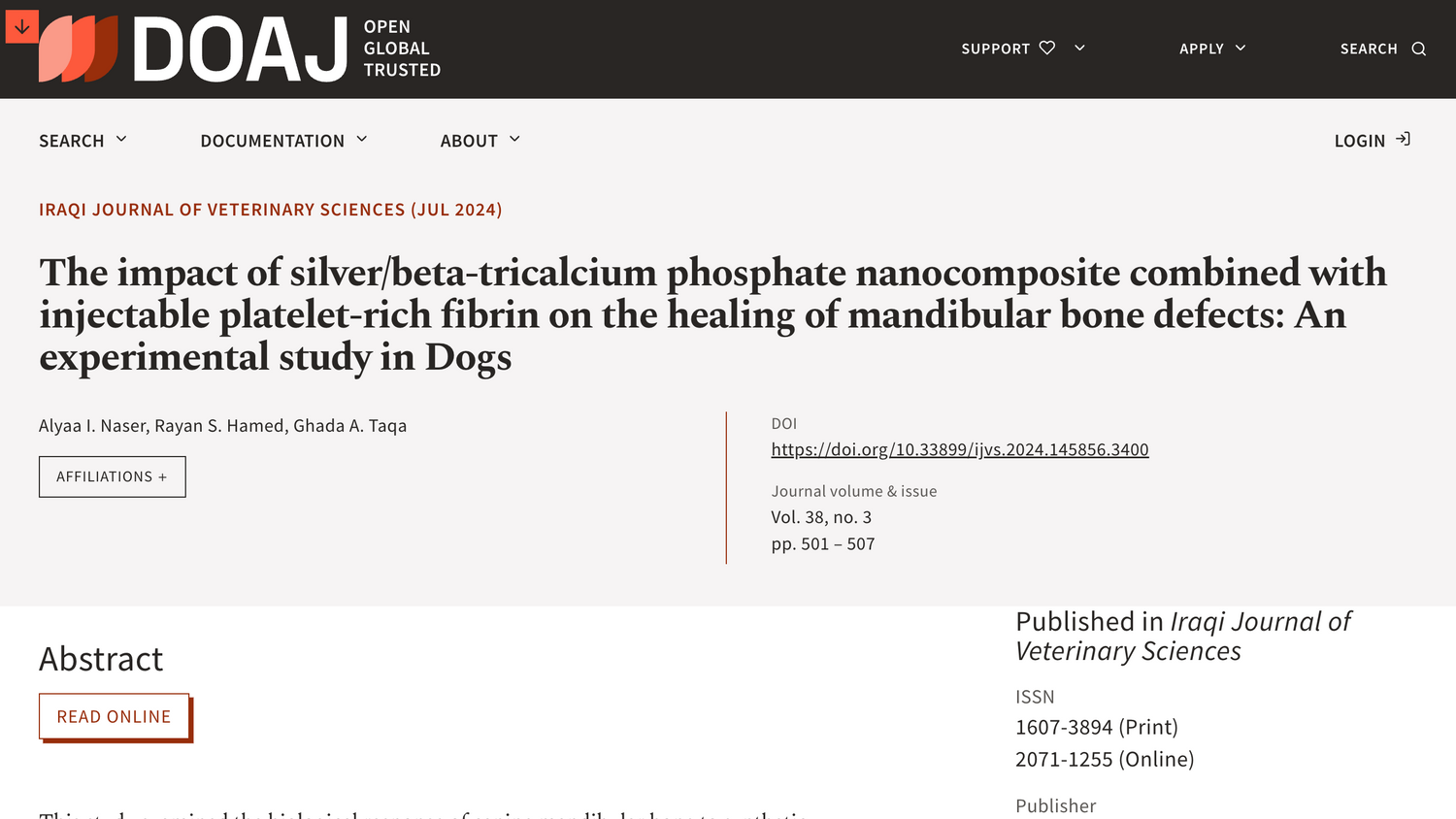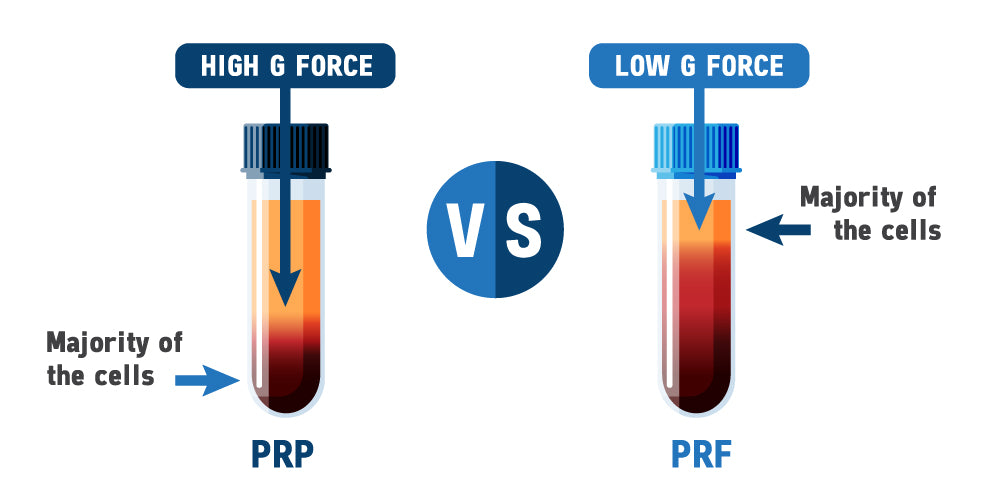Abstract
This study examined the biological response of canine mandibular bone to synthetic nanocomposite material alone or combined with injectable platelet-rich fibrin i-PRF. Twelve healthy adult male local breed dogs aged 12 to 18 months and weighing 15-20 kg were used in this study. These dogs were divided into two main groups based on healing intervals of 1 and 2 months. Each interval group had four subgroups, including three dogs in each one. The division was based on the grafting material used: empty defect (Control -ve), i-PRF alone, nanocomposite alone, and i-PRF + nanocomposite. All surgeries were performed under general anesthesia. The surgical procedure began with a 5 cm parallel incision along the mandible's lower posterior border. After exposing the periosteum, three 5mm-diameter, 5-mm-deep critical-size holes were made, 5mm between each. Each group with the allocated protocol had three independent holes. The defects of all study groups were covered with resorbable collagen membranes, and then the subcutaneous tissue and skin closed routinely. Total densitometric analysis showed highly significant differences between groups, with the Nano+ i-PRF group having the highest means, 332.66 and 522.66 at 1 and 2 months. Nanocomposite and i-PRF increased and maintained bone density during the study.
Click here to read the full text
Note: T-Lab™ System Users receive full access to all studies (in PDF) via their HCP Portal.







